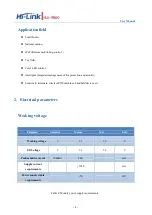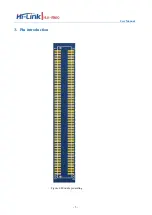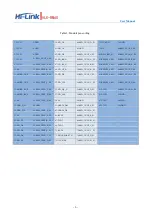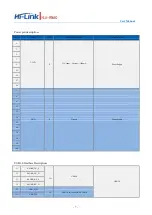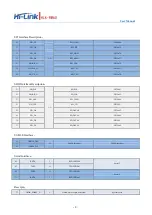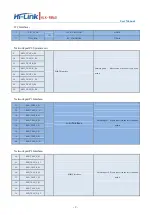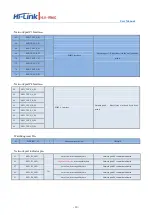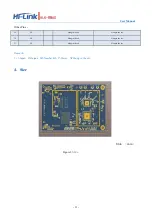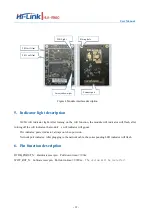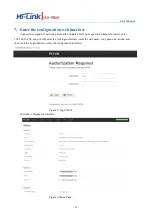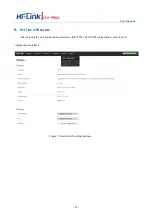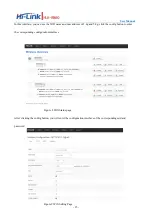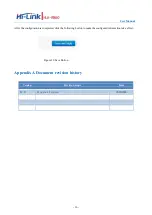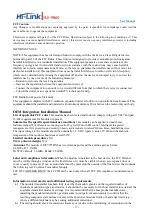
User Manual
- 18 -
other transmitters, digital circuitry, or due to physical properties of the host product (enclosure). This
investigation is especially important when integrating multiple modular transmitters where the
certification is based on testing each of them in a stand
‐alone configurat
ion. It is important to note that
host product manufacturers should not assume that because the modular transmitter is certified that
they do not have any responsibility for final product compliance.
c)
If the investigation indicates a compliance concern the host product manufacturer is obligated to
mitigate the issue. Host products using a modular transmitter are subject to all the applicable individual
technical rules as well as to the general conditions of operation in Sections 15.5, 15.15, and 15.29 to
not cause interference. The operator of the host product will be obligated to stop operating the device
until the interference has been corrected.
Additional testing, Part 15 Subpart B disclaimer
The final host / module combination need to be evaluated against the FCC Part 15B criteria for unintentional
radiators in order to be properly authorized for operation as a Part15 digital device. The host integrator
installing this module into their product must ensure that the final composite product complies with the FCC
requirements by a technical assessment or evaluation to the FCC rules, including the transmitter operation
and should refer to guidance in KDB 996369. For host products with certified modular transmitter, the
frequency range of investigation of the composite system is specified by rule in Sections 15.33(a)(1) through
(a)(3), or the range applicable to the digital device, as shown in Section 15.33(b)(1), whichever is the higher
frequency range of investigation. When testing the host product, all the transmitters must be operating. The
transmitters can be enabled by using publicly available drivers and turned on, so the transmitters are active. In
certain conditions it might beappropriate to use a technology-specific call box (test set) where accessory
devices or drivers are not available. When testing for emissions from the unintentional radiator, the
transmitter shall be placed in the receive mode or idle mode, if possible. If receive mode only is not possible
then, the radio shall be passive (preferred) and/or active scanning. In these cases, this would need to enable
activity on the communication BUS (i.e., PCIe, SDIO, USB) to ensure the unintentional radiator circuitry is
enabled. Testing laboratories may need to add attenuation or filters depending on the signal strength of any
active beacons (if applicable) from the enabled radio(s). See ANSI C63.4, ANSI C63.10 and ANSI C63.26
for further general testing details.

